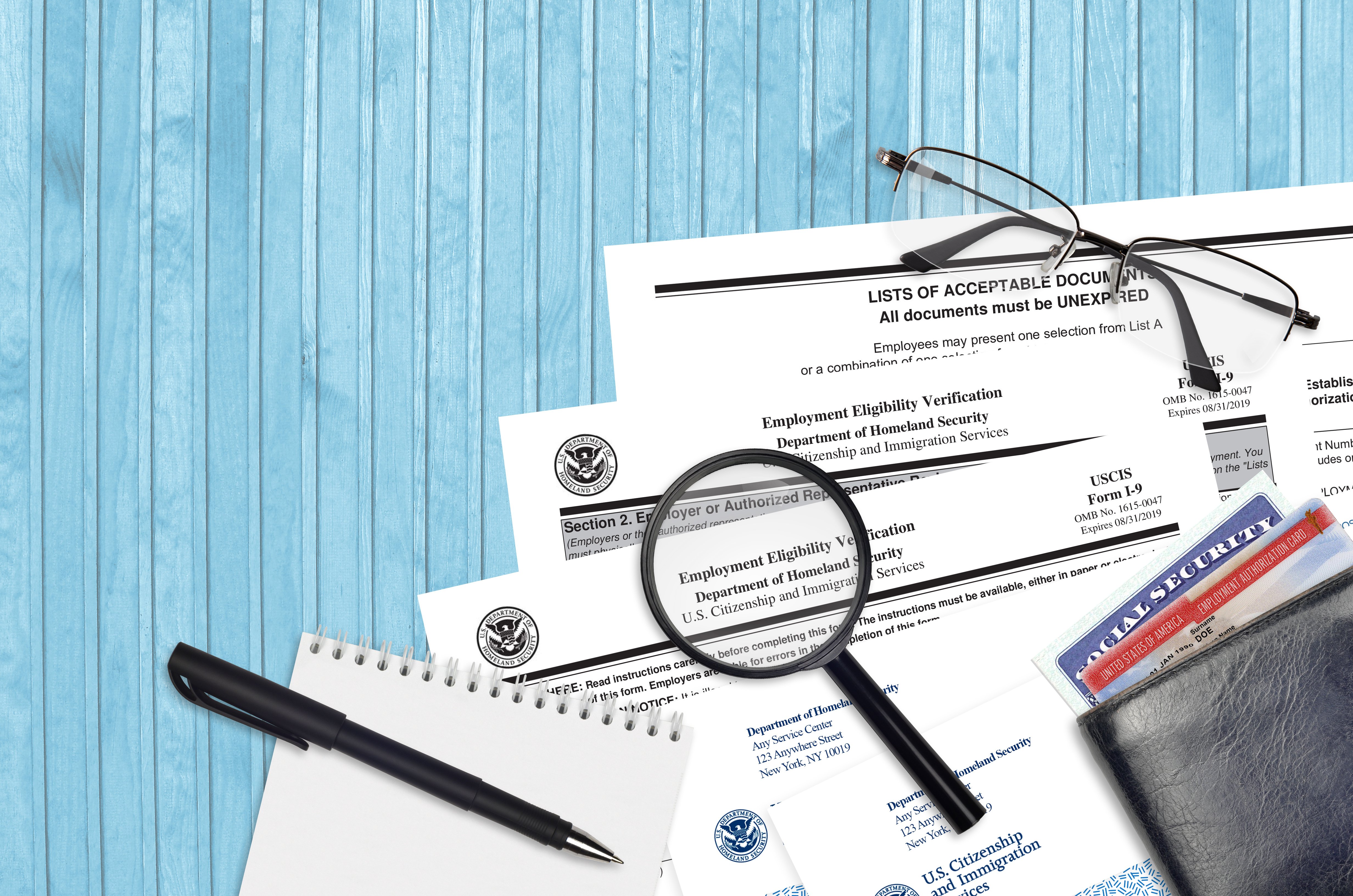Discover the importance of I-9 compliance for remote employees and how to ensure your remote workforce stays compliant.
Understanding I-9 Compliance for Remote Employees
Remote work has become increasingly common in today's workforce, and employers must ensure that their remote employees remain compliant with I-9 regulations. Understanding I-9 compliance for remote employees is crucial to avoid penalties and legal issues.
The I-9 form is used to verify the identity and employment authorization of individuals hired for employment in the United States. It requires employees to provide specific documents to prove their identity and eligibility to work. For remote employees, this process can be more challenging, as they may not be physically present at the employer's location.
By understanding the requirements and challenges of I-9 compliance for remote employees, employers can effectively manage the verification process and maintain compliance.

Challenges of I-9 Compliance in Remote Work Environments
Remote work environments present unique challenges when it comes to I-9 compliance. One of the main challenges is verifying the authenticity of documents presented by remote employees. Without physical access to original documents, employers must rely on electronic copies or remote verification methods.
Another challenge is ensuring timely completion and submission of the I-9 form. Remote employees may face difficulties in finding appropriate individuals to act as authorized representatives for document verification. Employers must provide clear guidelines on who can serve as an authorized representative and how the verification process should be conducted.
By addressing these challenges proactively, employers can navigate the complexities of I-9 compliance in remote work environments. TrendSource Virtual I-9 Verifications address both of these challenges in a cost-effective manner.

Impact of I-9 Violations on Employers with Remote Staff
I-9 violations can have serious consequences for employers with remote staff. Non-compliance with I-9 regulations can lead to penalties, fines, and legal liabilities.
Employers may face fines for each violation, including paperwork errors and missing or incomplete forms. These fines can add up quickly, especially if multiple violations are discovered during an audit.
To mitigate these risks, employers must prioritize I-9 compliance for all staff, including in-office, hybrid, and remote staff. They must implement effective strategies to ensure ongoing compliance.

Effective Implementation of Virtual I-9 Verifications for Remote Workforces
Virtual I-9 verifications offer a solution for verifying remote employees' identity and employment authorization. These verifications can be conducted remotely, eliminating the need for physical presence at the employer's location.
To effectively implement virtual I-9 verifications, employers should consider using secure online platforms that comply with the requirements of I-9 regulations, like the one provided by TrendSource. The TrendSource Virtual Verification platform allows employees to securely upload their documents for verification and provide a digital signature.
Employers should also establish clear guidelines and procedures for remote employees to follow when completing the virtual I-9 verification process. Thankfully, TrendSource helps providing instructions on how to upload documents, ensuring proper document retention, and addressing any questions or concerns that may arise.
By implementing TrendSource Virtual I-9 verifications effectively, employers can streamline the process for remote employees and maintain compliance with I-9 regulations.


